The Anatomy of an Elephant ~ The Jacobson Organ
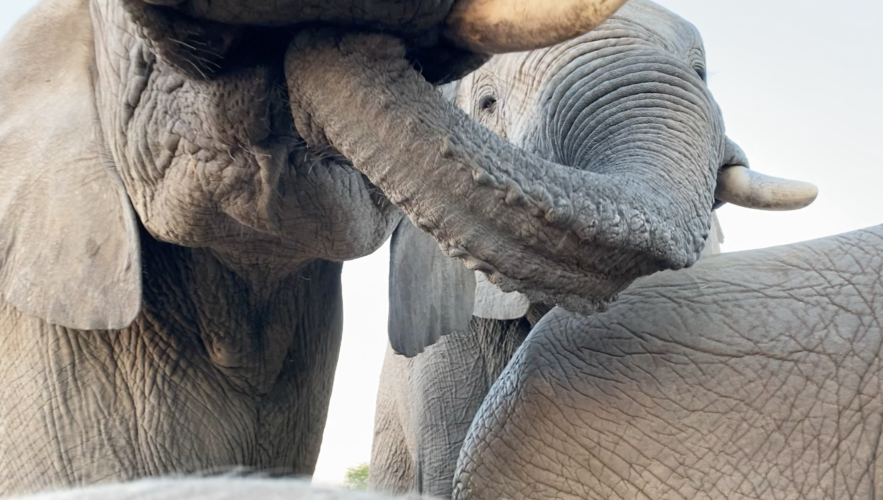
A Silent Language
When it comes to the life of an elephant, little is more important than the senses they rely on. Taste, sight, hearing, smell, and touch are all essential to the daily lives of mammals like elephants, with each sense complementing and compensating for the other. From tracking down fresh new grass and leaves to munch on to searching for ripe marulas and underground water in the dry season, the senses are vital in the all-important struggle to survive and remain safe from predators, to hear the give-away rustle, and detect that invisible lion in a wind-carried warning.
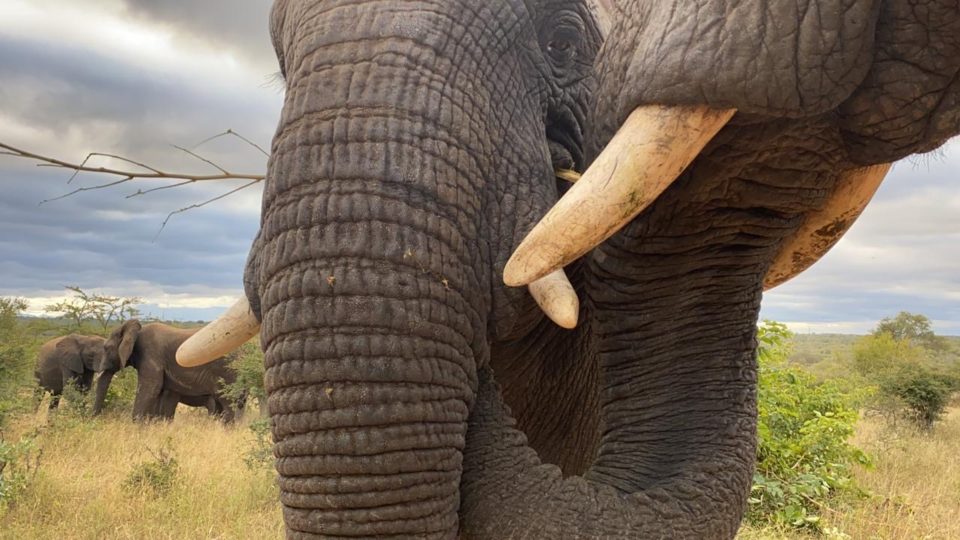
A Sixth Sense
But these great mammals have a sixth sense too. One that is used in the most important of pursuits – love, romance, and procreation. Animals communicate through chemical or olfactory methods, such as through pheromones. These chemicals provide information and deliver several messages, resulting in the release of pheromones in various bodily fluids, such as sweat, urine, secretions from elephants’ temporal glands, and in dung. To decipher these messages, however, a special organ is needed – the Jacobson organ, which is also known as the vomeronasal organ.

The Jacobson’s organ is a patch of sensory cells in the main nasal chamber. It is designed to detect heavy moisture-borne odour particles. One of the ways an animal can expose the organ to a scent or pheromone is to open its mouth and curl back its upper lip while inhaling through the mouth, thereby capturing the airborne chemicals – an action called the flehmen response, resembling, somewhat, the peanut-butter-stuck-to-the-roof-of-your-mouth grimace. This weird grimace, displayed by a number of animals from giraffes to domestic cats, is required to engage an extra sense that does so much more than warn of nearby smelly predators.
A Scientific Process
To insert chemically active samples into the ducts of the vomeronasal organ in order to process any chemical messages sent out, the elephant moisturises the trunk tip with nasal mucus, and mixes it with the urine or other body secretions. Then the tip of the trunk is placed in the mouth to contact the mucus-filled opening of the vomeronasal duct in the upper part of the mouth. This duct leads to the vomeronasal organ where the nerve endings are located allowing the sensing of the chemicals (pheromones) contained in the solution.
The flehmen response is not unique to elephants. You’ve likely seen some other animals perform this action too! Snakes collect chemicals in the air and transfer them to their vomeronasal organ by way of their flicking two-pronged tongues. Zebras flare their lips, exposing their teeth in a grin that raises an image of trips to the dentist. Lions do it while displaying their toothy weapons and breathing in a heady mix of urine and oestrus-signalling hormones.
As for elephants, a male may collect giveaway secretions from the pheromone-rich urine of females using his trunk. He will then place his trunk into his mouth, up to that clever little organ mechanism, to collect information, such as the readiness of the female to consummate their relationship. The entire existence, reproduction and survival of the elephant species is dependent on this ability to read the signals.

Picking up on pheromones in this way – through the Jacobson organ – also helps young elephants to instantly recognise their mothers and enables elephants to communicate by putting their trunks into each other’s mouths. If you’ve ever seen elephants in this display, now you know what they’re up to.

The meaning behind the messages
The truth is that we can only guess as to the content of the chemical messages that animals pass between themselves. We watch them, and listen, and try to discern all that we can. Through time and research, we’re better able to create an idea of the secret languages of not only elephants but all animals in the African wilderness. While we don’t have our own sixth sense (primates do not seem to have a working vomeronasal organ, although vestigial remnants show that we did once), we have our own ability to ponder, imagine, feel and construct the puzzle, piece by piece, signal by signal.
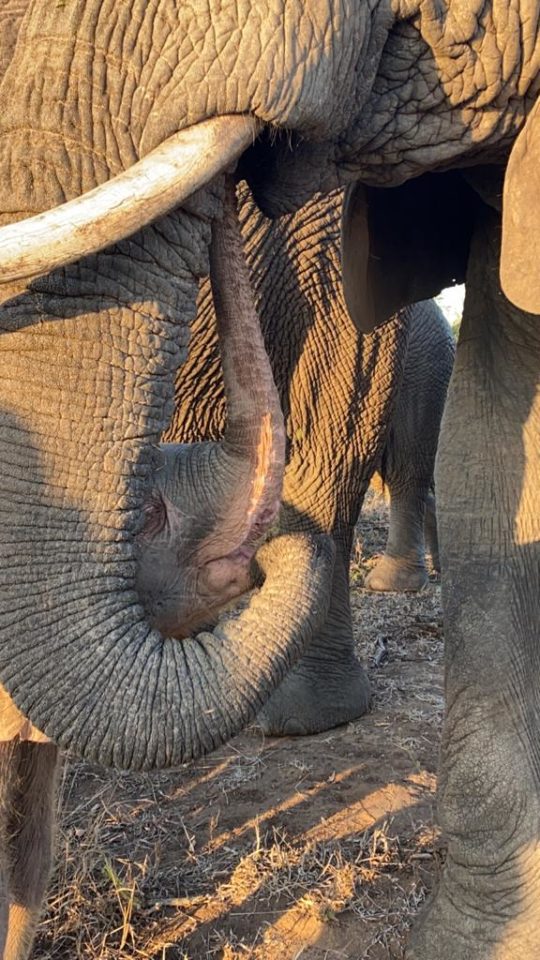
What we do know is that we still have so much to learn about the amazing animals that we share this earth with. And from watching the care and compassion that the herd shows one another, we can be certain that the messages they share are filled with compassion and empathy.

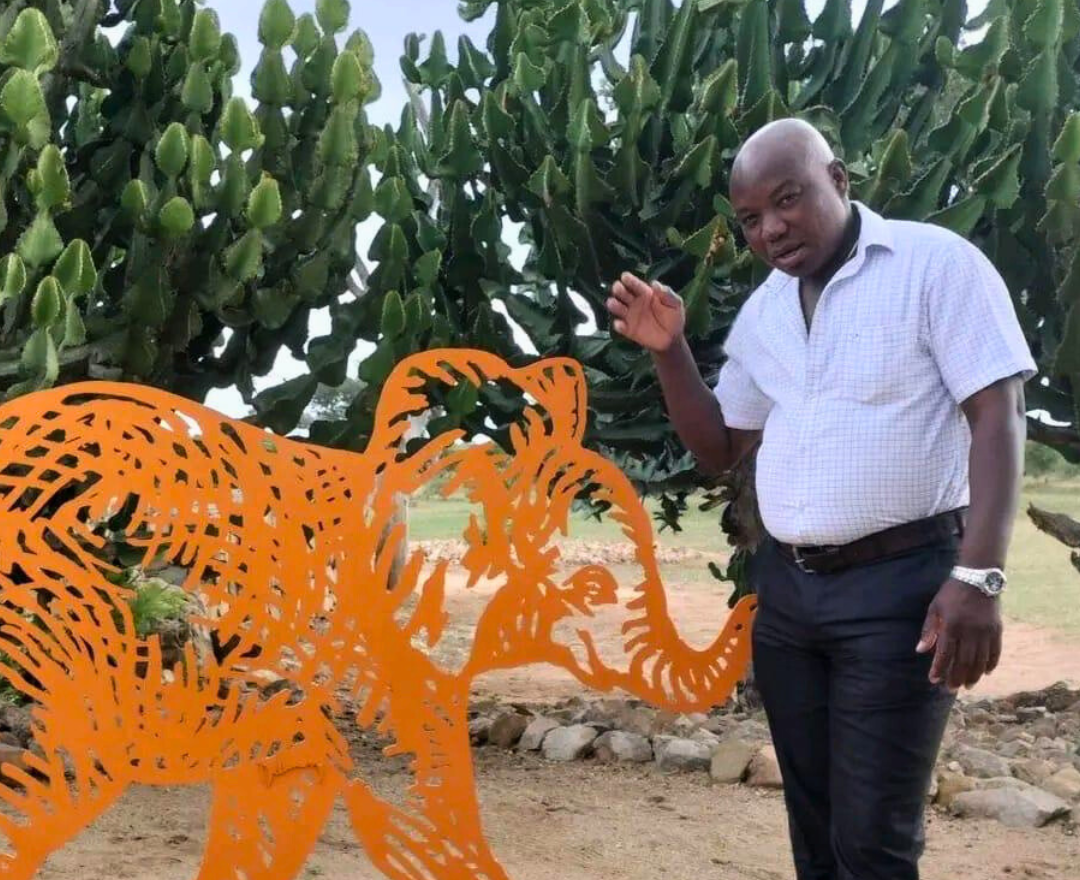
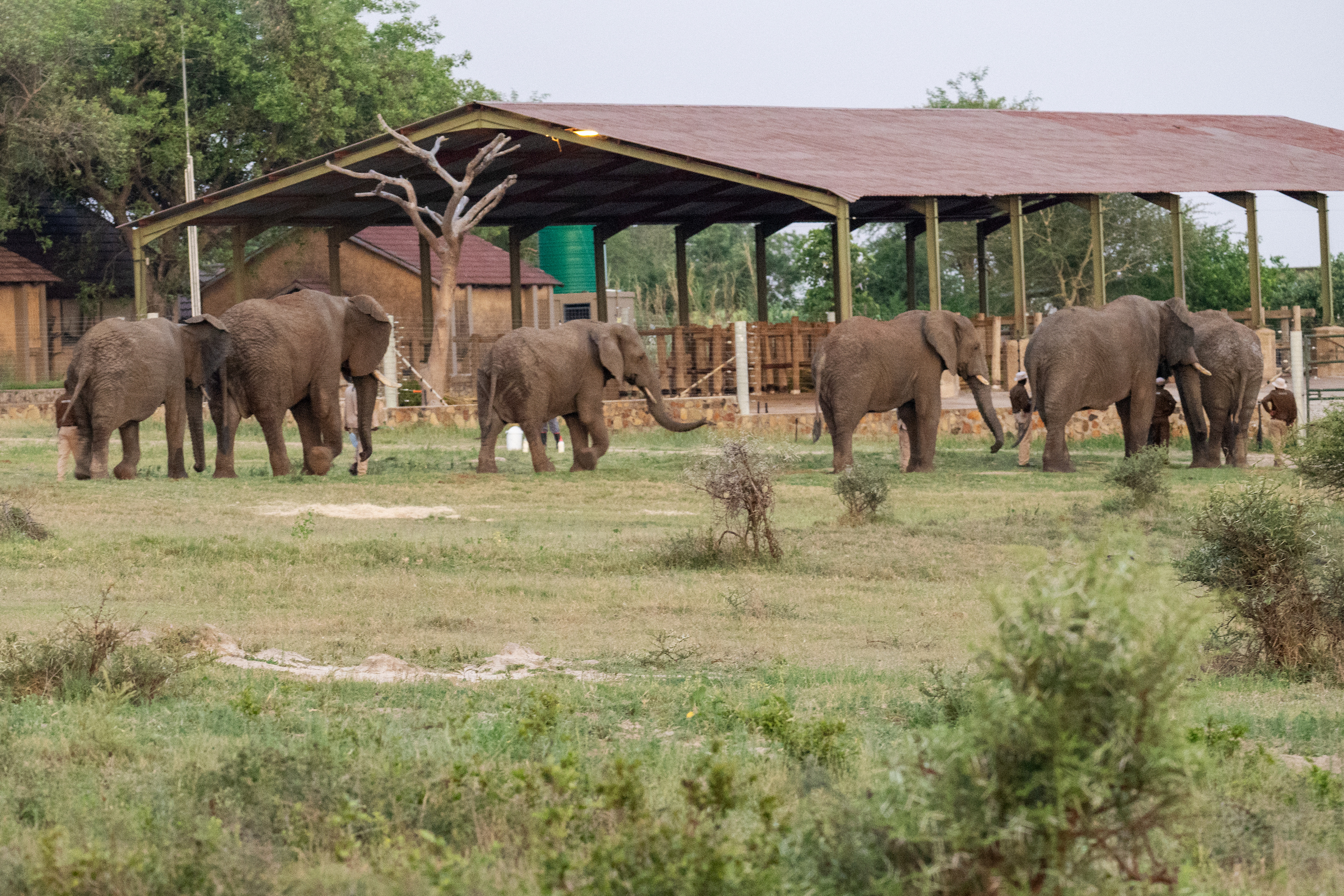


William Carpenter
wonderful photos and overview of the smell in Elephants